How to make cosplay costumes step by step for wholesale?
-
Cosplay costumes step by step for wholesale offers clear production steps, QC checkpoints, and sourcing tips for volume manufacturing.
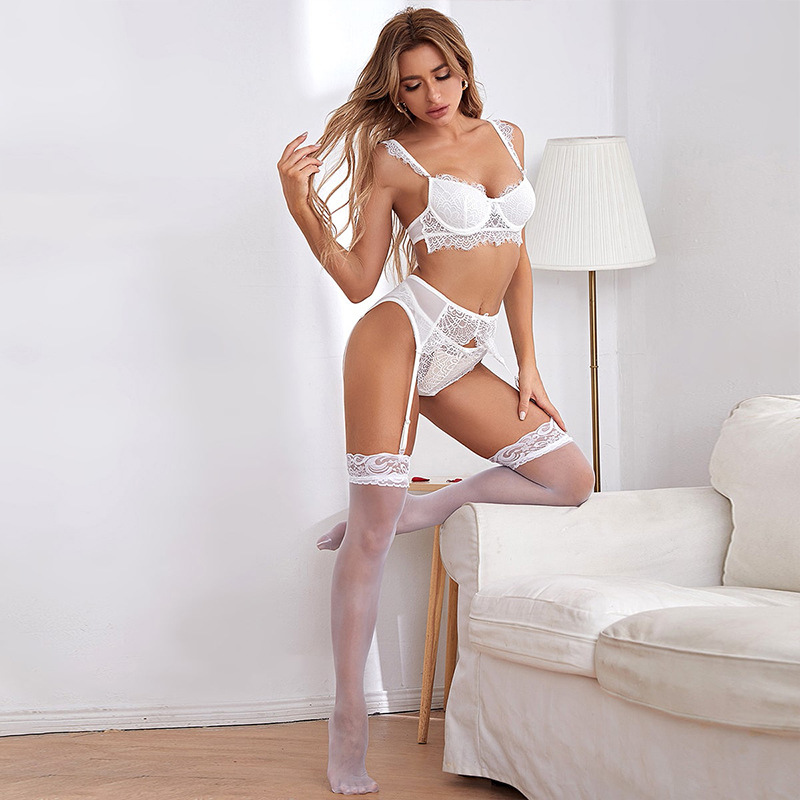
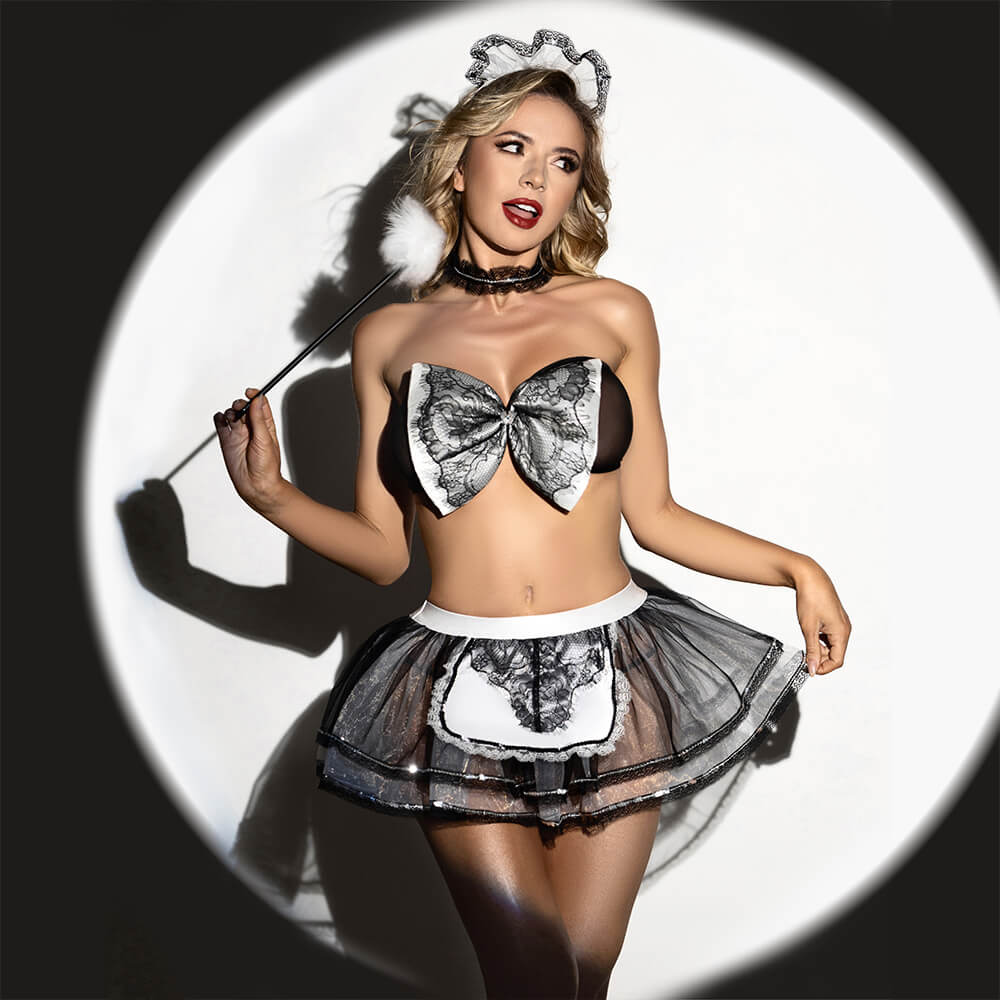
Cosplay costumes step by step for wholesale must begin with clear product vision. Define character styles, target age ranges, and typical sizing early. Create core silhouettes and prioritize durable construction. Wholesale differs from retail because volume raises stakes for quality and lead time. Make technical packs that include flat sketches and exact measurements. Confirm acceptable material swatches and trims before any bulk cutting. Set realistic margins that cover rework and inspection. Communicate expectations to factories in plain language supported by images. Use small pilots to validate production before committing to larger runs. Sequence planning prevents costly delays and protects brand reputation in competitive markets.
Why wholesale differs from retail
Cosplay costumes step by step for wholesale calls for tighter tolerances than retail. Dimension consistency matters for repeated sizing across batches. Each pattern must grade precisely to avoid fit complaints. Factories require clear grading rules and size tables for efficient cutting. Bulk production amplifies any design flaw, so invest in pre-production samples. Wholesale also demands stronger packaging and hang tags for resale. Compliance and labeling rules vary by market, and these affect shipping and returns. Payment terms typically include deposits and balance on shipment. Negotiate flexible MOQs that allow scaling while limiting initial risk. Building scalable workflows helps keep costs predictable across multiple SKUs.
Planning and market research
Cosplay costumes step by step for wholesale needs informed planning anchored in market signals. Track convention calendars and seasonal demand to time releases. Analyze competitor fabrics and trim choices to position your product. Use social listening to read trending characters and color palettes. Order small lab dips and swatches to confirm dyefastness and stretch recovery. Consider regional sizing differences and adjust grading targets accordingly. Interview buyers and retailers about display preferences and return rates. Forecast realistic sales volumes tied to marketing campaigns and preorders. Solid planning reduces waste and aligns production capacity to actual demand.
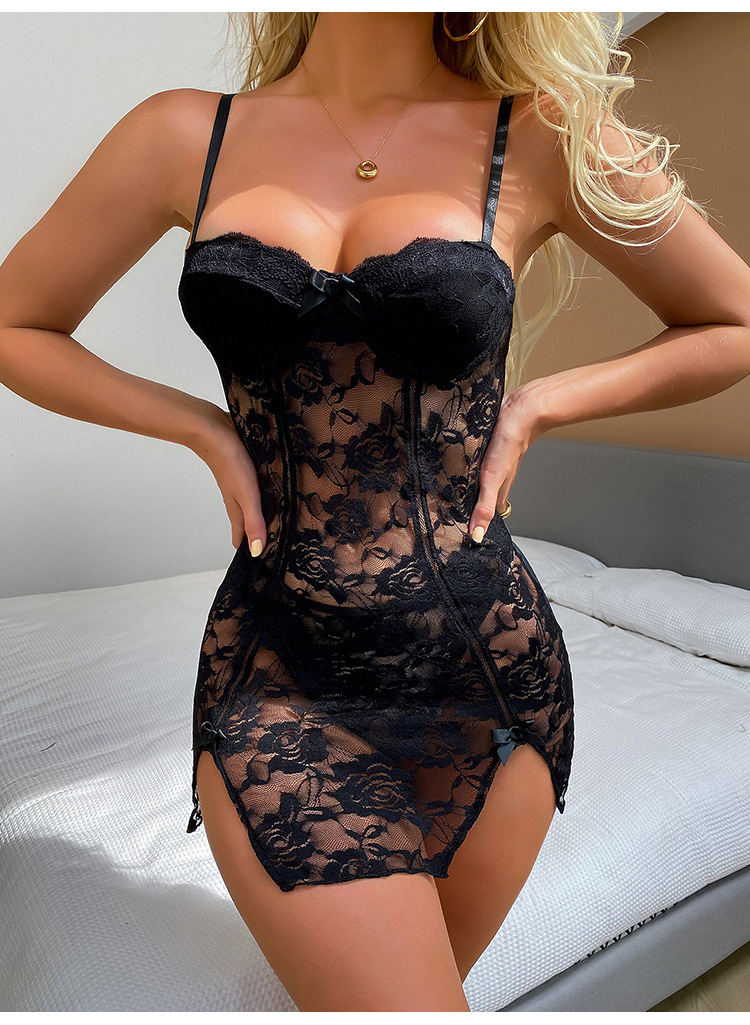
Design, tech packs, and grading
Cosplay costumes step by step for wholesale demands professional tech packs. Include flat drawings, measurement charts, and material callouts. Add stitch types, seam allowances, and reinforcement details for stress points. Specify hardware, zippers, and closures with vendor part numbers. Provide graded specs across sizes with tolerance bands for acceptable variance. Attach clear fit photos of the sample on a body or mannequin. Supply a simple test protocol for wash and colorfastness. This documentation reduces interpretation errors at the factory. Well-organized packs speed quoting and set expectations for quality control during bulk production.
Materials, trims, and sourcing for cosplay costumes step by step for wholesale
Materials drive both look and durability in cosplay costumes step by step for wholesale. Choose base fabrics that survive repeated wear and cleaning. Opt for high-stretch knits for fitted pieces, and medium-weight wovens for structured garments. Source trims and hardware from reputable suppliers to avoid corrosion and failure. Always test elastic recovery, dye migration, and seam slippage before bulk buys. Use bulk swatches to check hand feel under stage lights and camera flash. Keep alternate suppliers vetted to reduce single-source risk. Proper material selection simplifies construction and reduces costly rework during inspection.
Production workflow: cutting, sewing, finishing, and QA
Production workflows for cosplay costumes step by step for wholesale should be modular and measurable. Begin with marker making and fabric spreading to reduce waste. Move to cutting with digital or manual templates depending on volume. Sewing sequences should document operations by station for consistent assembly. Include in-line checks for critical features like topstitching and applique alignment. Finishing steps must address pressing, trimming, and label insertion. Implement pre-shipment quality control checks with clear acceptance criteria. Use defect tracking to feed corrective actions back to the operator level. A repeatable workflow improves throughput and protects margins.
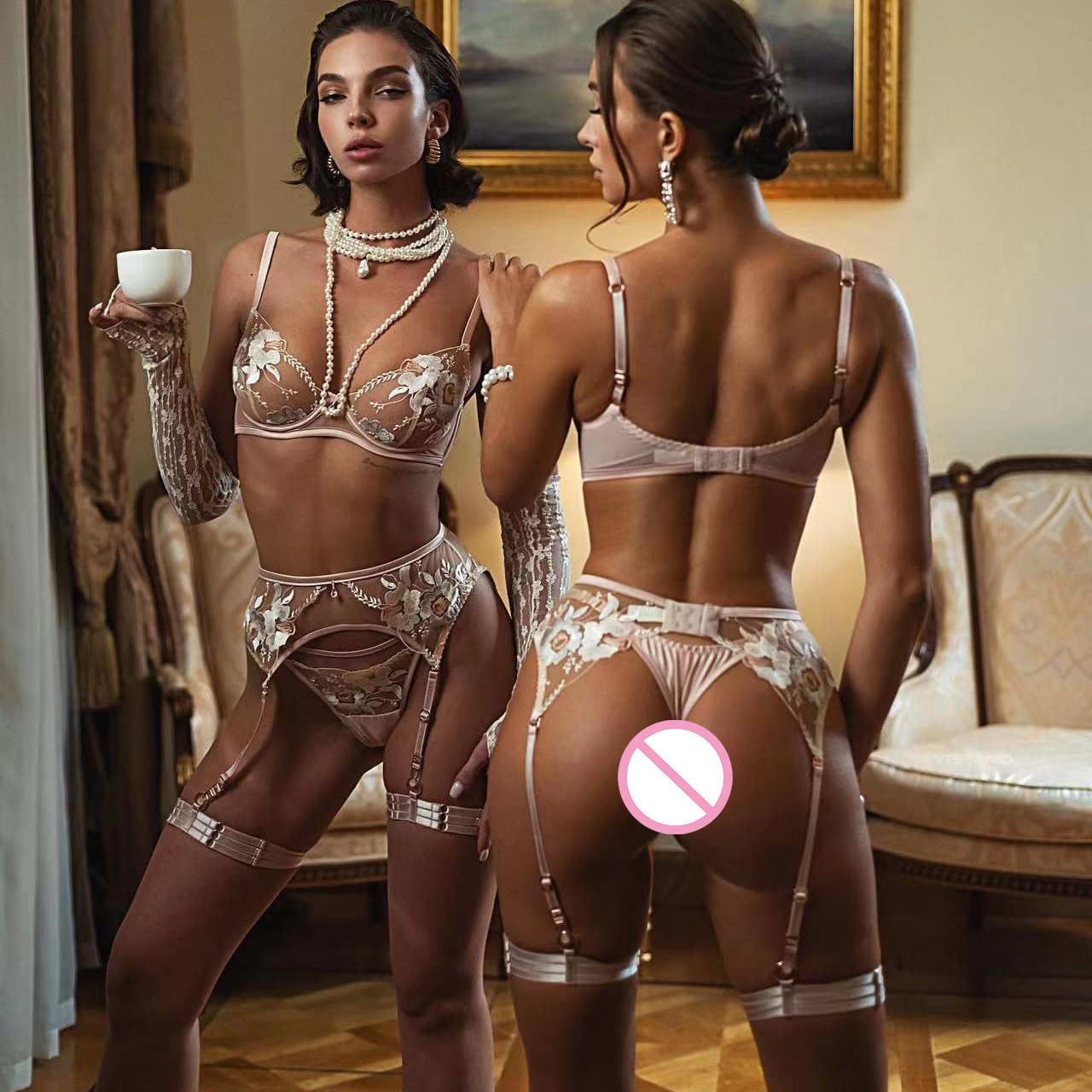
Pricing, MOQ, and packaging strategies for wholesale cosplay costumes
Pricing strategy for cosplay costumes step by step for wholesale must include all landed costs. Factor fabric waste, trims, labor, and inspection fees into unit cost. MOQs influence per-unit pricing significantly, so negotiate smartly. Offer tiered pricing for larger volumes to incentivize reorder behavior. Design packaging for retail display and efficient shipping. Fold garments to minimize creasing and use tissue or polybags as needed. Consider eco-friendly options for premium buyers to add perceived value. Include small care cards and hang tags that list materials and washing instructions. Thoughtful packaging reduces return rates and supports brand positioning.
Logistics, lead times, and small-batch scaling for wholesale orders
Logistics planning is central to cosplay costumes step by step for wholesale success. Map lead times for materials and factor them into production schedules. Air freight suits urgent replenishments; sea freight lowers cost for bulk shipments. Consolidate small batches to reduce per-shipment overhead. Plan buffer days for customs clearance and third-party inspections. Work with freight forwarders that know apparel HS codes to prevent delays. Keep safety stock for top-selling SKUs to cover unexpected demand spikes. Scalable logistics preserve cash flow and prevent stockouts during peak seasons.
JSY: Your Premier Erotic Lingerie Wholesale Partner
JSY (Jishiyuan Garment Co., Ltd.) has established itself as a leading force in wholesale intimate wear. With over 15 years of experience, JSY specializes in designing, manufacturing, and distributing intimate apparel. The company operates a modern 10,000 m² production facility with monthly capacity exceeding 200,000 garments. JSY’s commitment to quality is demonstrated through successful Sedex audits.
JSY’s comprehensive erotic lingerie wholesale services extend beyond simple product supply to include full business support for retail partners. The company offers design consultation, trend analysis, and customization services to help retailers differentiate their offerings. Advanced quality assurance programs ensure consistent product excellence, while flexible ordering options accommodate various business sizes and requirements.
JSY maintains strong relationships with fabric suppliers and component manufacturers, ensuring access to premium materials and innovative technologies. The company’s global distribution network enables efficient delivery to international markets, supported by experienced logistics teams. For retailers seeking reliable erotic lingerie wholesale partnerships, JSY provides the expertise, capacity, and commitment necessary for mutual success. We invite you to contact JSY today to explore how our comprehensive wholesale solutions can support your business growth and market expansion.
Practical steps to produce cosplay costumes step by step for wholesale
-
Define core character ranges and size charts early
-
Create full tech packs with graded specs
-
Pre-approve fabric swatches and trim samples
-
Make fit samples and run wash tests
-
Lock tooling and schedule pilot runs
-
Perform in-line and pre-shipment QC checks
Key advantages of following a step-by-step wholesale process
Following a clear sequence to make cosplay costumes step by step for wholesale reduces costly mistakes. Early definition of sizes and tech packs shortens sampling cycles. Pre-approval of materials avoids dye migration and shrinkage surprises. Pilots catch assembly errors before bulk cutting. Inspections at checkpoints prevent mass defects and returns. Tiered pricing and packaging streamline retail handoff. Collective discipline in this process improves speed to market and preserves brand reputation among retailers and fans.
Typical production timeline and checkpoints
| Stage | Duration | Checkpoint |
| Design & Tech Pack | 1–2 weeks | Approved specs |
| Sampling | 2–3 weeks | Fit sample sign-off |
| Material Procurement | 1–3 weeks | Swatch approval |
| Pilot Run | 1 week | Pilot QC |
| Bulk Production | 2–6 weeks | In-line checks |
| Final QC & Shipping | 1 week | Pre-shipment inspection |
Interpreting the timeline for real projects
The timeline above maps realistic checkpoints for cosplay costumes step by step for wholesale. Adjust durations based on material lead times and factory capacity. Account for holidays and peak production windows that extend schedules. Use pilots to validate production flow before full runs. Share the timeline with suppliers and logistics partners for synchronized delivery. Keeping the plan visible reduces surprises and keeps buyer expectations aligned with factory reality. This approach also enables rapid iterations while preserving schedule discipline.
Common mistakes to avoid when making cosplay costumes step by step for wholesale
Avoid vague tech packs that omit critical measurements. Do not skip wash and stretch tests for fabrics. Resist accepting samples without full hardware and trim checks. Neglecting inline inspection increases rework costs. Overlooking packaging requirements causes retail rejection. Underestimating freight and customs delays leads to missed launches. Misaligned MOQ expectations create cash flow issues. Address these common errors early to protect margins and avoid strained supplier relations.
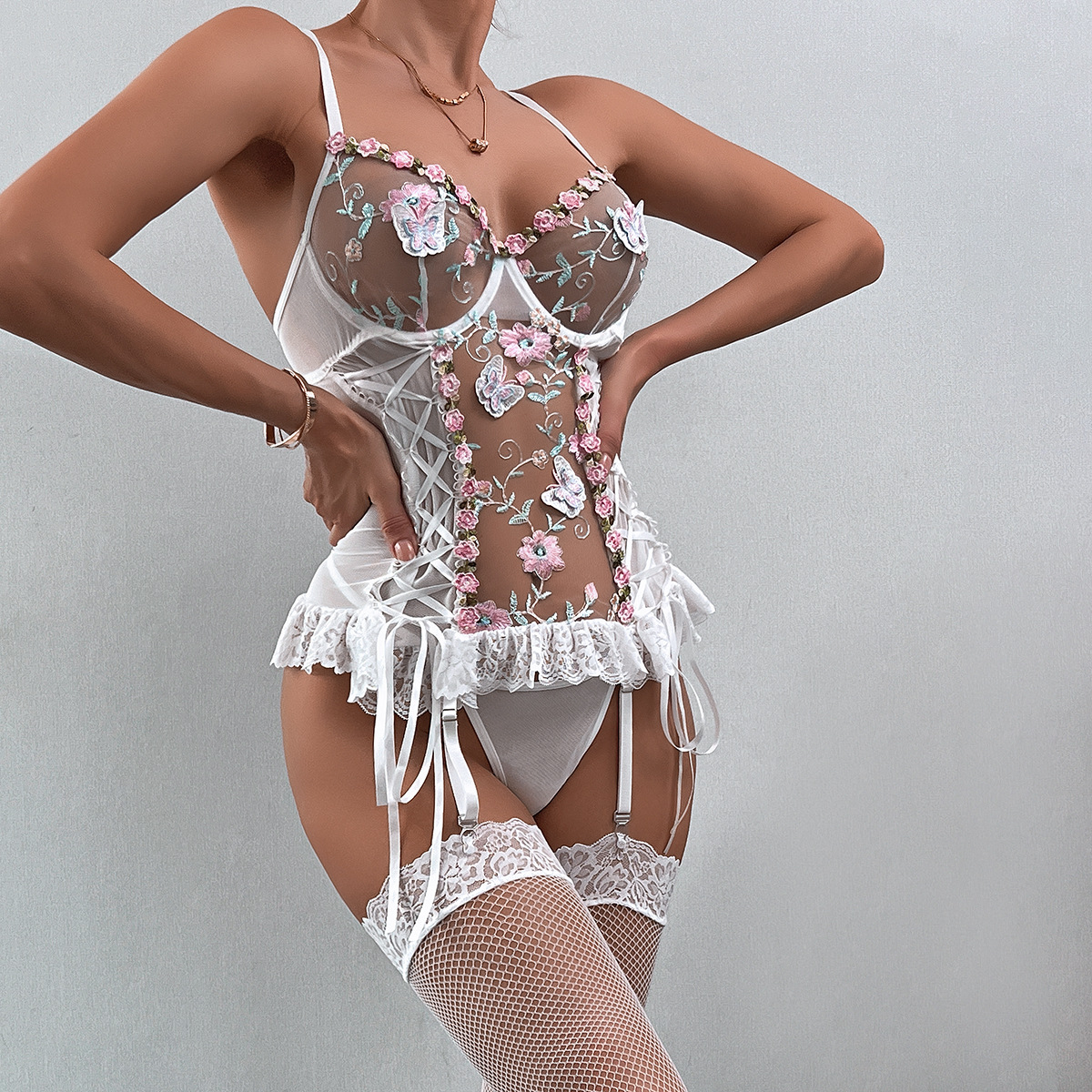
Final recommendations and next steps
Start with one or two core designs as pilot SKUs to validate supply chain assumptions. Scale production only after pilots meet QC metrics consistently. Keep alternate suppliers qualified to handle spikes in demand. Invest time in precise tech packs and pre-production checklists. Use third-party inspections to enforce quality gates before shipment. Monitor returns and refine specs based on retailer feedback. Maintain detailed records to cut lead times and improve forecasting accuracy over time.
Frequently Asked Questions
What are the key pitfalls in jewelry sourcing that relate to cosplay costumes step by step for wholesale?
While this FAQ touches jewelry sourcing, the production lessons apply directly. Poor supplier vetting causes material substitutions and quality variance. Absence of clear specs results in misaligned expectations and costly rework. Hidden fees for plating or finishes increase landed cost unexpectedly. Lack of QC checkpoints allows defects to ship. To avoid these outcomes, require material certificates, set inspection milestones, and use trusted partners to verify claims. Clear contracts and staged payments help enforce accountability. Regular communication helps prevent surprises and builds trust between buyer and factory.

How should a brand budget for initial cosplay costumes step by step for wholesale projects?
Budgeting must include sampling, pilot runs, and inspection fees. Allocate funding for quality materials and reserve a contingency for rework. Shipping, duties, and insurance may add materially to cost per unit. Plan for tooling and small-production inefficiencies that improve with scale. Secure modest MOQs to test market response before full investment. Consider offering pre-orders to finance initial production and reduce financial exposure. Transparent budgeting prevents cash flow shocks and supports sustained growth in wholesale channels.
How do brands maintain quality when scaling cosplay costumes step by step for wholesale?
Maintaining quality requires layered controls and supplier relationships. Define clear acceptance criteria and hold suppliers to them through samples. Implement in-line quality checks at operator stations to catch issues early. Use third-party inspectors for pre-shipment verification when internal teams cannot visit. Track defect rates and provide corrective feedback to production teams. Rotate inventory periodically to detect long-term wear patterns that may indicate material fatigue. Scaling without quality protocols increases returns and damages retail partnerships, so invest in systems that ensure consistency.


